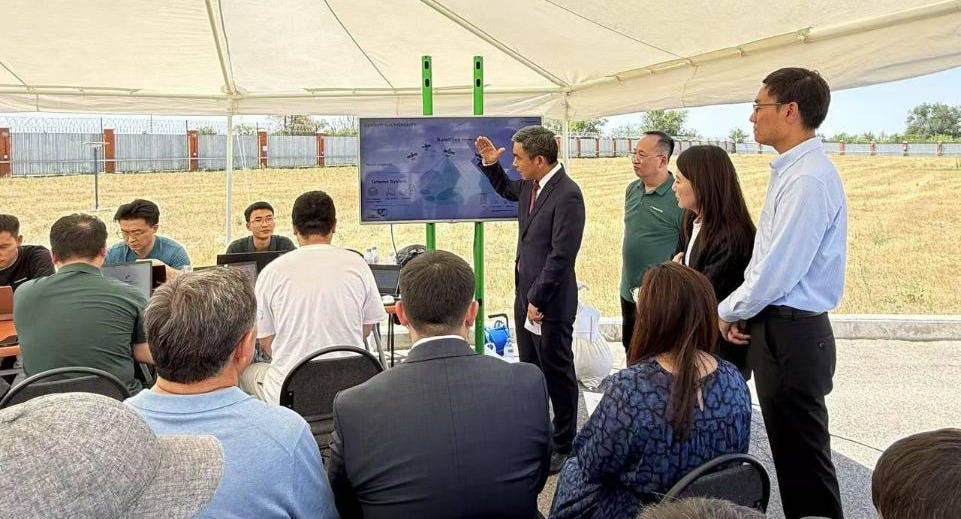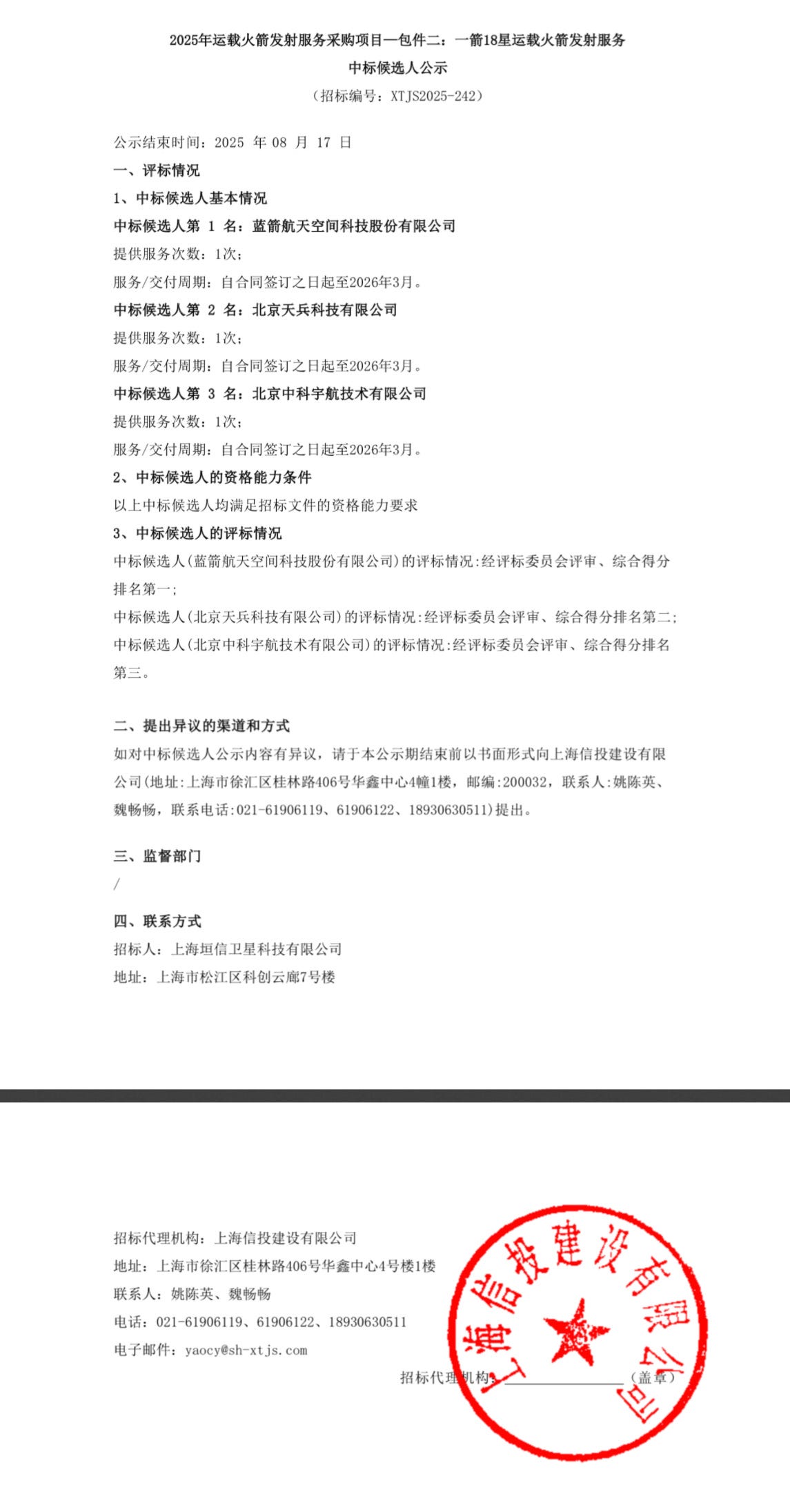Qianfan Tests in Kazakhstan, Awards Commercial Launches
Progress on Earth despite in-space hold-ups.

Despite a lull in deployments, the Shanghai-backed Qianfan constellation is making headway internationally and acquiring new launches.
Over in Kazakhstan last week, tests with the currently 90-satellite Qianfan constellation took place in the remote Almaty region. According to the Central Asian nations’ government, the tests demonstrated uses for the technology as well as a connection speed of 200 megabits per second. Kazakhstan’s test comes several months after a similar one in the Hong Kong Special Administrative Region.
Within Kazakhstan, the Qianfan constellation is planning to provide connectivity and internet services to remote regions where equivalent fibre-optic connections would be too costly to install, bridging digital inequality for schools, hospitals, and general infrastructure. A subsidiary in the country was set up back in January and is expected to roll out initial services in 2026.
Similar expansion of the constellation internationally is also taking place in Brazil and Malaysia, with plans of offering services across much of Asia and Africa.
Meanwhile, in a document dated August 17th 2025 (mislabeled or released early1), Shanghai Spacesail Technologies Co Ltd, the operator of the Qianfan constellation and often shortened to Spacesail, publicized the three companies with winning tender bids to launch satellite batches for its constellation. The winning bids chosen are from LandSpace, CAS Space, and Space Pioneer.
Through the tender, Spacesail is aiming to launch four groups of 10 and three groups of 18, for a total of 94 satellites. The total cost for launching the seven satellite groups is expected to be up to 1.336 billion Yuan (186.1 million United States Dollars, as of August 14th).
Details for the winning bids were not shared, but each company will probably utilize their new, more capable, soon-to-debut launch vehicles: Zhuque-32 from LandSpace, Kinetica-23 from CAS Space, and Tianlong-34 from Space Pioneer. The use of those vehicles is likely due to requirements for sending at least 2,800 kilograms to a 950-kilometer polar orbit, carrying 10 satellites, or 4,800 kilograms to an 800-kilometer polar orbit, while carrying 18 satellites.
Currently, each company has been awarded at least one satellite group, carrying either 10 or 18 satellites into orbit. The three companies are expected to be ready to launch them around March 2026, with at least one successful launch prior.
At the moment, all three companies are a few weeks or months away from flying their new rockets for the first time. CAS Space performed full-duration static fires of Kinetica-2’s first and second-stage in June. LandSpace also performed a static fire in June on Zhuque-3’s completed launch pad. Space Pioneer is a bit further behind, having recently implemented various fixes ahead of static fires, along with performing launch preparation rehearsals.
Spacesail’s awarding of launches with privately-owned launch companies is a first for the constellation, having so far only flown atop the Long March fleet. Earlier in the year, a similar bid went unfulfilled due to an insufficient number of minimum offerings caused by a shift in debut launch timelines.
With launches finally awarded to dedicated launch companies beyond state-owned enterprises, the Qianfan constellation may begin to increase its deployment rate later this year. So far, the constellation has launched twice in 2025, last in March, and has been halted since to better understand issues with various satellite problems with their electric propulsion system (evident due to drift and degrading orbital altitudes). The lack of deployments has allowed the Central Government-backed GuoWang constellation to launch six satellite groups, with 48 total spacecraft, since the halt.
It’s unlikely to be a leak or a fake due to extensive chatter and a lack of removals of posts about it.
Zhuque-3, a two-stage partially reusable liquid-fuelled launch vehicle, is designed to carry up to 21.300 kilograms to low Earth orbit, however a less capable variant of the rocket may perform initial flights while carrying up to 11,800 kilograms of payload.
Kinetica-2 is a tri-core two-stage liquid-fuelled launch vehicle designed to carry 12,000 kilograms into low Earth orbit. The rocket is planned to become partially reusable around 2028.
Tianlong-3 is a two-stage liquid-fuelled partially reusable launch vehicle expected to be capable of carrying 17,000 kilograms to low Earth orbit.




